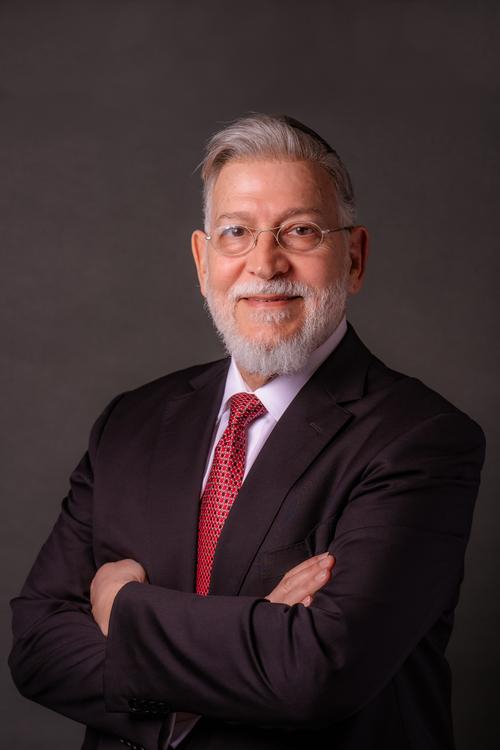First, as any traffic officer or DUI attorney knows, the decision to arrest is made at the driver’s window; the FSTs given supposedly to determine probable cause to arrest are actually for the purpose of gathering evidence.
Second, since the officer has already made up his mind, his subjective decision as to whether a person passed or failed field sobriety tests is suspect: as with any human, he will “see” what he expects to see.
Third, the conditions under which the field sobriety tests are taken almost guarantee failure: usually late at night, possibly cold, along a graveled or sloped roadside, with bright headlights from passing cars (setting up wind waves), the officer’s flashlight and patrol car’s strobe and headlights providing the lighting — and given to a person who is nervous, frightened and completely unfamiliar with the tests.
Fourth, field sobriety tests are irrelevant and, in fact, designed for failure.
What scientific basis exists to validate FSTs in a DUI investigation? Only a “study” by a private business firm, the “Southern California Research Institute”, with a grant from the federal government to find a “standardized” battery of usable DUI tests. To earn their money, SCRI came up with three tests which, they said, were not foolproof but were much better than all of the other FSTs that were being used.
Yet after some study even this company concluded that, using the three standardized tests, 47 percent of the subjects tested would have been arrested for DUI — even though they were under the .10% limit.1 The company was sent back to the drawing board and, in 1981 came up with some better figures: only 32 percent of those who “failed” the tests were actually innocent.2
Well, SCRI was paid to put their stamp of approval on a set of field sobriety tests. But what has been the reaction of the (non-profit) scientific community? In 1991, Dr. Spurgeon Cole of Clemson University conducted a study on the accuracy of FSTs. His staff videotaped individuals performing six common field sobriety tests, then showed the tapes to 14 police officers and asked them to decide whether the suspects had “had too much to drink and drive”. Unknown to the officers, the blood-alcohol concentration of each of the 21 DUI subjects was .00%, stone sober. The results: the officers gave their opinion that 46% of these innocent people were too drunk to drive! In other words, the field sobriety tests were hardly more accurate at detecting intoxication than flipping a coin.3
1 Burns and Moskowitz, Psychophysical Tests for DWI Arrest: Final Report, DOT-HS-802-424, NHTSA, 1977.
2 Tharp, Burns and Moskowitz, Development and Field Sobriety Test of Psychophysical Tests for DWI Arrests: Final Report, DOT-HS-805-864, NHTSA, 1981.
3 Cole and Nowaczyk, “Field Sobriety Tests: Are they Designed for Failure?”, 79 Perceptual and Motor Skills Journal 99 (1994).




